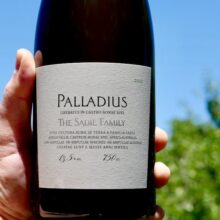
Product information
Sadie Family Swartland Palladius 2022
$355
Description
“The 2022 starts by almost playing hide-and-seek; the wine is more reserved and holding back. And only after warming up and a couple of minutes in the glass does the conversation start. The aromas are that of green apple and citrus flint, and then some of the stone fruit aromas begin to shine through. The wine needs time. The palate is already balanced, and the acidity is met by very firm tannins. The aftertaste is lingering. This bottling is a great vintage to follow the 2021. It is a strong contender for the most restrained version, but we must taste 2021 and 2022 with some age to have a final verdict.”
Eben Sadie
“The 2022 Palladius is a blend of Chenin Blanc, Grenache Blanc, Marsanne, Roussanne, Sémillon Blanc & Gris, Palomino, Verdelho, Colombard, Clairette Blanche and Viognier from several sites. Eben Sadie says that this is the wine he has wanted to make. It has a delectable nose with wax resin, linseed oil and hints of orange blossom. The palate is well balanced with a killer line of acidity. Taut, fresh and saline, it possesses immense nervosité on the finish that lingers in the mouth. This is even better than the 2021.”
Neal Martin, Vinous 97 Points
In stock
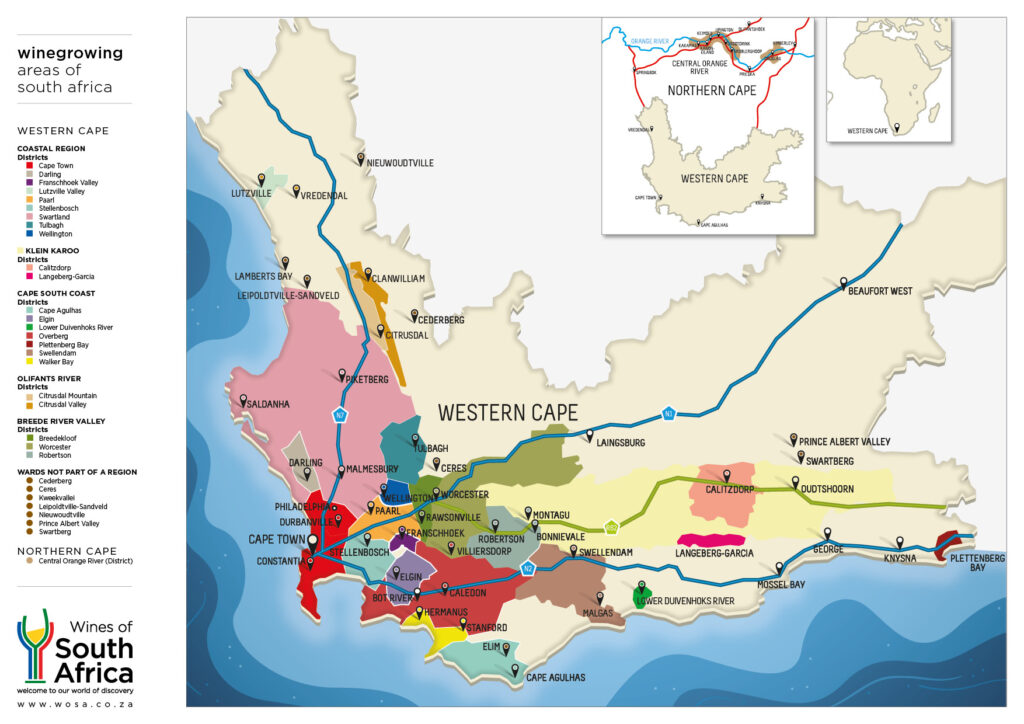
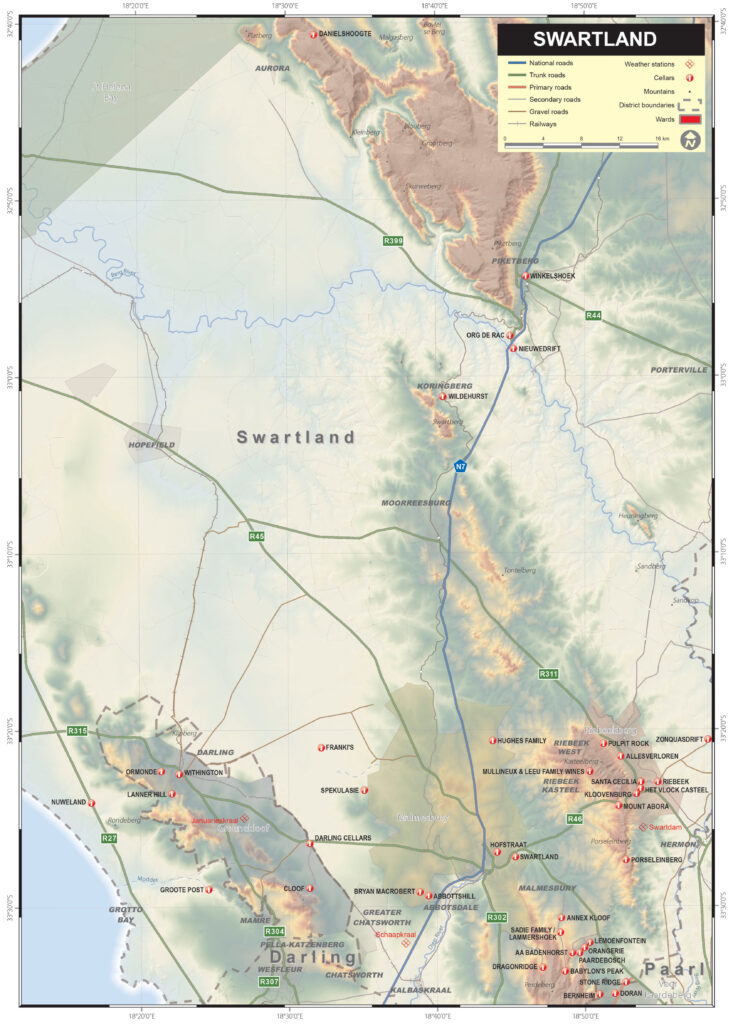


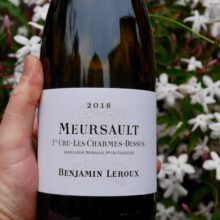
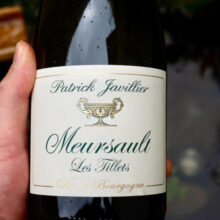
You must be logged in to post a comment.